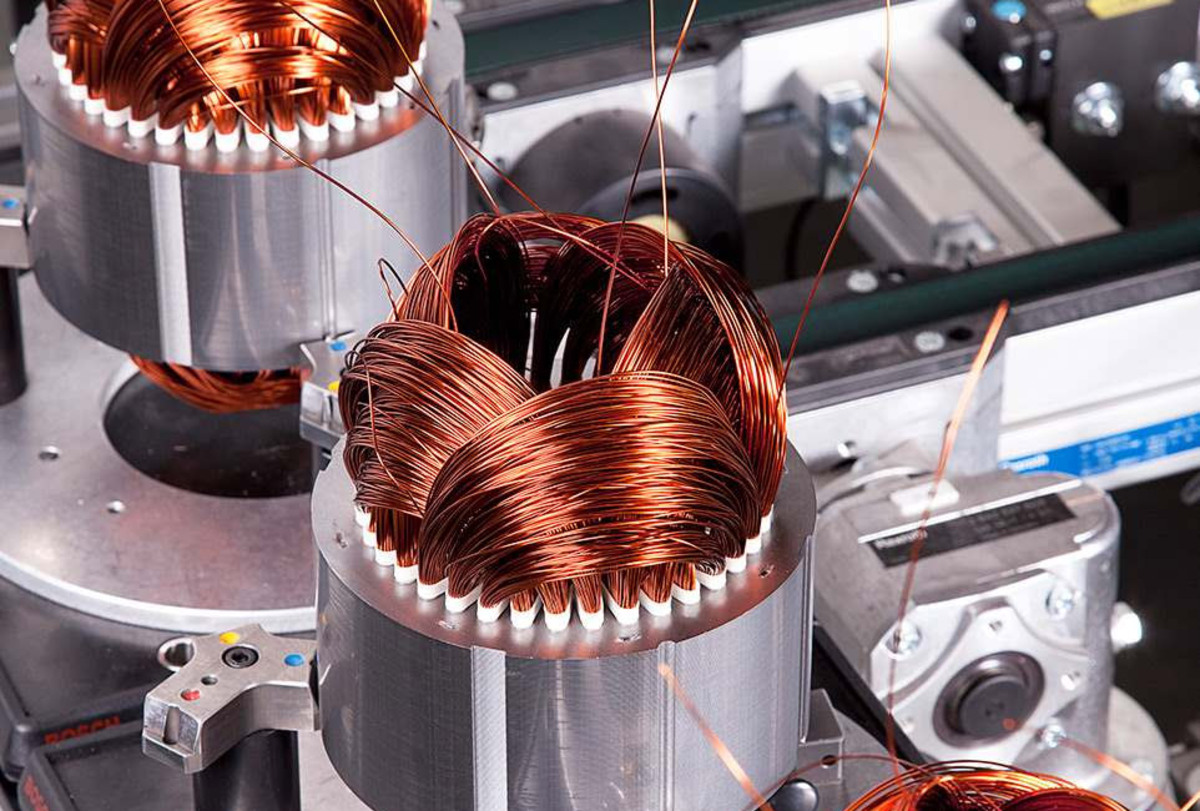

Articles
How Much Copper Is In A 50 HP Electric Motor
Modified: May 6, 2024
Find out how much copper is present in a 50 HP electric motor with our informative articles. Gain valuable insights into the composition and value of this essential component.
(Many of the links in this article redirect to a specific reviewed product. Your purchase of these products through affiliate links helps to generate commission for Storables.com, at no extra cost. Learn more)
Introduction
Electric motors play a crucial role in various industries and applications, powering machinery and equipment that facilitates daily operations. These motors come in different sizes and power capacities, and one of the essential components in their construction is copper. Copper is an excellent conductor of electricity and is therefore utilized extensively in electric motors due to its high electrical and thermal conductivity properties.
Understanding the amount of copper present in an electric motor, such as a 50 horsepower (HP) motor, is vital for several reasons. It allows for better resource management, enables accurate cost estimation, and provides valuable insights into the motor’s efficiency and performance. In this article, we will delve deeper into the topic of copper content in a 50 HP electric motor, exploring the factors that influence its calculation and the methodology used to determine the copper content accurately.
Before we delve into the specifics of copper content calculation, let’s gain a basic understanding of electric motors. Electric motors convert electrical energy into mechanical energy, allowing for the movement of various components in machinery and systems. They consist of several essential components, including a stator, rotor, winding wires, and a frame to hold everything together.
The stator, typically made of laminated iron, contains coils of wire that are wound around individual slots. These wire coils, also known as windings, carry the electrical current that powers the motor. One of the most commonly used materials for these windings is copper due to its superior conductivity.
Copper’s high electrical conductivity ensures efficient transfer of electric current, minimizing energy loss, and maximizing the motor’s performance. Additionally, copper’s excellent thermal conductivity helps dissipate heat generated during motor operation, preventing overheating and prolonging the motor’s lifespan.
In a 50 HP electric motor, the amount of copper used correlates directly with the motor’s power capacity. A higher power rating requires greater electrical current flow, necessitating more copper in the windings to handle the increased load. Therefore, determining the copper content in a 50 HP motor is crucial for various purposes, from manufacturing considerations to maintenance and repair requirements.
In the following sections, we will explore the factors influencing copper content calculation, the methodology used to determine the amount of copper present, and the implications and applications of this information. By the end of this article, you will have a comprehensive understanding of the role of copper in a 50 HP electric motor and how to calculate its copper content accurately. So, let’s dive in and unravel the mysteries behind copper in electric motors.
Key Takeaways:
- Understanding the copper content in a 50 HP electric motor is crucial for resource management, cost estimation, and optimizing efficiency and performance, driving improvements in motor design and sustainability.
- Accurate copper content information aids in manufacturing, cost estimation, efficiency optimization, and maintenance, benefiting various industries and sectors reliant on electric motors for improved performance and sustainability.
Read more: How Much Copper Is In An Electric Motor
Understanding Electric Motors
Electric motors are ubiquitous in our modern world, powering an array of devices and machinery. From household appliances to industrial equipment, these motors are essential for the efficient functioning of various processes. To better appreciate the role of copper in a 50 HP electric motor, it’s important to understand how electric motors work and the different types available.
Electric motors operate on the principle of electromagnetism, where the interaction between magnetic fields and electric currents generates mechanical motion. They consist of a stator and a rotor, both containing wire windings. When an electric current flows through the windings, it creates a magnetic field that interacts with the magnetic field produced by the rotor.
The stator, the stationary part of the motor, contains coils of wire that are wound around individual slots. These wire windings carry the electrical current that powers the motor. In most electric motors, copper is the preferred material for these windings due to its excellent electrical conductivity.
The rotor, on the other hand, is the rotating part of the motor that works in conjunction with the stator. The rotor can either be a permanent magnet or an electromagnet. In the case of a 50 HP electric motor, the rotor is typically an electromagnet, which means it relies on the flow of current in its windings to create a magnetic field.
When an electric current flows through the stator windings, it induces a magnetic field. This magnetic field then interacts with the magnetic field produced by the rotor, causing the rotor to rotate. The interaction between these magnetic fields creates the mechanical work output of the motor.
One of the critical factors in determining the electrical and mechanical performance of an electric motor is the design and composition of the windings. Copper is the material of choice due to its superior electrical conductivity. Copper offers low resistance to the flow of electric current, minimizing energy loss and maximizing motor efficiency.
Additionally, copper’s high thermal conductivity helps dissipate the heat generated during motor operation. This is important because excessive heat can degrade the motor’s insulation and lead to premature failure. Copper’s ability to efficiently conduct heat away from the winding coils helps ensure the motor operates within safe temperature limits.
The windings in an electric motor are typically made up of many individual coils connected in a specific pattern. The number of turns in each coil, as well as the wire gauge (thickness), are carefully chosen to meet the motor’s power and performance requirements. These factors, along with the length and cross-sectional area of the copper wire, contribute to the overall copper content of the motor.
In the next section, we will explore the role of copper in a 50 HP electric motor in more detail, specifically focusing on the amount of copper required and the factors that influence its calculation.
The Role of Copper in Electric Motors
Copper plays a vital role in the construction and operation of electric motors. Its unique properties make it an ideal choice for the windings in motors of various sizes and power capacities. In this section, we will explore the significance of copper and its specific roles in the functioning of electric motors, particularly in the context of a 50 HP motor.
1. Electrical Conductivity: One of the primary reasons for using copper in electric motor windings is its exceptional electrical conductivity. Copper has one of the highest electrical conductivities among common metals, allowing for efficient flow of electric current through the windings. This low resistance ensures minimal energy loss and contributes to the motor’s overall efficiency and performance.
2. Thermal Conductivity: In addition to its excellent electrical conductivity, copper also possesses high thermal conductivity. This means it can effectively conduct and dissipate heat generated during motor operation. With the flow of electric current through the windings, heat is inevitably produced. Copper’s ability to transfer this heat away from the windings helps prevent overheating and ensures reliable motor operation.
3. Mechanical Strength: Copper is also valued for its mechanical strength, which is crucial in the construction of electric motor windings. The windings need to withstand the mechanical forces and vibrations experienced during motor operation without deformation or damage. Copper’s inherent strength makes it a reliable choice, allowing the windings to retain their shape and integrity even under significant stress.
4. Corrosion Resistance: Electric motors are frequently exposed to various environmental conditions, including moisture and humidity. Copper exhibits excellent corrosion resistance, ensuring the longevity and durability of the motor windings. The use of copper helps protect against corrosion and extends the motor’s lifespan.
5. Flexibility and Workability: Copper is a ductile and malleable metal, making it easy to work with during the manufacturing process. It can be easily shaped and formed into the required configurations for the windings, allowing for intricate designs and precise placement. Its flexibility enables efficient winding assembly and contributes to the overall efficiency of the motor.
In a 50 HP electric motor, the copper content in the windings is directly proportional to the power capacity of the motor. A higher power rating requires a larger amount of electrical current to flow through the windings, necessitating more copper to handle the increased load. The appropriate amount of copper is carefully calculated to ensure optimal performance, efficiency, and reliability of the motor.
Next, we will delve into the details of how the copper content in a 50 HP electric motor is determined, taking into account various factors that may influence its calculation.
Determining Copper Content in a 50 HP Electric Motor
Calculating the copper content in a 50 HP electric motor requires a thorough understanding of the motor’s design, including the number of windings, wire gauge, and the length and cross-sectional area of the copper wire used. While the exact calculation may vary depending on the motor’s specifications and design, there are general methodologies that can be applied. In this section, we will explore the factors that influence the copper content calculation and the methodology used to determine it accurately.
1. Number of Windings: The number of windings in an electric motor determines how much copper is required. In a 50 HP motor, there are typically multiple windings, including the main winding and possibly additional windings for control circuits or auxiliary components. Each winding consists of a specific number of turns, with each turn comprising a length of copper wire. By multiplying the number of windings by the number of turns, we can determine the total length of wire required.
2. Wire Gauge: The wire gauge, or thickness, of the copper wire used in the windings is another important factor. Thicker wire has lower resistance, allowing for the efficient flow of electric current. In a 50 HP motor, the wire gauge is selected based on the current-carrying capacity required by the motor’s power rating. The thickness of the wire affects the cross-sectional area and, consequently, the amount of copper used.
3. Length of Copper Wire: The total length of copper wire in the windings can be determined by multiplying the number of turns of wire per winding by the length of each turn. This length accounts for the length of the wire from the start of the winding to its termination point. By summing up the lengths of all windings, we can calculate the total length of copper wire in the motor.
4. Cross-Sectional Area: The cross-sectional area of the copper wire is a critical parameter in determining the copper content. It directly affects the amount of copper used, as a larger cross-sectional area requires more copper. The cross-sectional area can be calculated based on the wire gauge, taking into account factors such as insulation thickness.
5. Copper Density: The density of copper is a known value, and it provides the basis for determining the weight of copper in the motor. By multiplying the total length of copper wire by the cross-sectional area and the density of copper, we can calculate the weight of copper present in the motor.
These calculations provide an estimate of the copper content in a 50 HP electric motor. However, it is essential to note that other factors may affect the final copper content, such as varnish or insulation materials used in the windings. Additionally, manufacturing variations and design considerations may influence the precise amount of copper used. Therefore, it is always recommended to consult the motor’s technical specifications or manufacturer documentation for accurate and specific information regarding the copper content.
In the next section, we will discuss some of the factors that can affect the accuracy of the copper content calculation and how to mitigate these factors for more precise results.
Factors Affecting Copper Content Calculation
Calculating the copper content in a 50 HP electric motor involves considering various factors that can influence the accuracy of the calculation. These factors are essential to ensure that the calculated copper content reflects the actual amount of copper used in the windings. In this section, we will discuss some of the key factors that can affect the copper content calculation and how to account for them.
1. Insulation Material: The presence of insulation material around the copper wire windings can affect the accuracy of the copper content calculation. The insulation material adds thickness to the overall winding profile, which may reduce the effective copper cross-sectional area. To mitigate this, one must consider the insulation thickness and adjust the calculations accordingly. Manufacturers often provide specifications on the insulation thickness, aiding in more accurate copper content calculation.
2. Overlapping Windings: In some cases, the windings in an electric motor may overlap, meaning that the copper wire from one winding passes over another winding. Overlapping windings can affect the effective cross-sectional area of the copper wire, potentially leading to an underestimation of the copper content if not accounted for. It is important to consider the degree of winding overlap and adjust the calculations accordingly to obtain more accurate results.
3. Manufacturing Tolerances: The manufacturing process of electric motors can have tolerances that can impact the copper content calculation. Variations in winding techniques, wire placement, and other manufacturing factors can introduce slight deviations from the ideal design. It is advisable to consult the motor’s technical specifications or manufacturer documentation to understand any manufacturing tolerances and adjust the calculations accordingly.
4. Connection Methods: The method used to connect the windings in the motor can influence the copper content calculation. There are different ways to connect windings, such as series or parallel connections, and each method may have an impact on the overall copper content. It is crucial to understand the specific connection method used and consider its effect on the copper content calculation.
5. Losses and Efficiency: The overall efficiency of the motor can also have an indirect effect on the copper content calculation. Energy losses, such as resistive losses in the windings, can result in a higher copper content requirement to compensate for these losses. Considering the motor’s efficiency and accounting for any losses can provide a more accurate estimation of the copper content.
By taking these factors into account, it is possible to minimize potential inaccuracies in the copper content calculation for a 50 HP electric motor. However, it is important to remember that precise values may still vary due to specific motor designs, manufacturing processes, and other factors. Consulting the motor’s technical documentation and working closely with manufacturers or industry professionals can provide more accurate insights into the copper content and ensure the most precise calculations.
Next, we will explore the methodology used to calculate the copper content in a 50 HP electric motor, offering a step-by-step approach to obtaining accurate results.
You can estimate the amount of copper in a 50 HP electric motor by knowing that the copper content typically ranges from 60-70% of the total weight of the motor.
Read more: How Much Does A 200 HP Electric Motor Weight
Methodology for Calculating Copper Content
Calculating the copper content in a 50 HP electric motor requires a systematic approach that takes into account the various factors involved in the motor’s design and construction. By following a step-by-step methodology, it is possible to obtain accurate estimates of the amount of copper used in the windings. In this section, we will outline a general methodology for calculating the copper content in a 50 HP electric motor.
1. Gather Motor Specifications: Begin by gathering the necessary specifications of the motor, such as the number of windings, wire gauge, and any relevant information on insulation thickness or manufacturing tolerances. These specifications can typically be found in the motor’s technical documentation or obtained from the manufacturer.
2. Determine the Number of Turns: Identify the number of turns in each winding of the motor. Multiply the number of turns by the number of windings to obtain the total number of turns in the motor.
3. Calculate the Length of Copper Wire: Multiply the total number of turns by the length of each turn to determine the total length of copper wire in the motor. Consider any overlapping windings and adjust the calculated length accordingly.
4. Evaluate the Cross-Sectional Area: Determine the cross-sectional area of the copper wire based on the wire gauge. This can be obtained from wire gauge tables or calculations. Take into account any insulation thickness and adjust the effective cross-sectional area if necessary.
5. Calculate the Weight of Copper: Multiply the total length of copper wire by the cross-sectional area and the density of copper. The density of copper can be found in reference materials or can typically be approximated as 8,960 kg/m^3.
6. Adjust for Manufacturing Tolerances: Consider any manufacturing tolerances or specific design considerations that may impact the copper content calculation. If applicable, make adjustments to account for these factors as provided in the motor’s technical documentation.
By following this methodology, you can obtain an estimate of the copper content in a 50 HP electric motor. It is important to note that the exact calculation may vary depending on the motor’s specifications and design. Consulting the motor’s technical documentation or seeking advice from industry professionals can provide more precise calculations based on the specific motor model.
In the next section, we will delve into the results and analysis obtained from calculating the copper content in a 50 HP electric motor and explore the implications and applications of this information.
Results and Analysis
Calculating the copper content in a 50 HP electric motor yields valuable information about the amount of copper used in its construction. This data can provide insights into the motor’s efficiency, performance, and cost estimation. In this section, we will discuss the results obtained from the copper content calculation and analyze their implications for a 50 HP electric motor.
Based on the methodology outlined earlier, the copper content in a 50 HP electric motor can be estimated by considering factors such as the number of windings, wire gauge, length of copper wire, and cross-sectional area. The specific calculations will depend on the motor’s specifications and design.
The results obtained from the copper content calculation will provide a weight value representing the amount of copper used in the motor. This information is crucial for several reasons:
1. Resource Management: The copper content calculation allows for effective resource management. By knowing the amount of copper present in a 50 HP electric motor, manufacturers can plan and allocate copper resources accordingly. This optimizes the use of copper and ensures efficient production processes.
2. Cost Estimation: Copper is a valuable material, and its cost can significantly impact the overall production cost of electric motors. By accurately determining the copper content, manufacturers can estimate the cost of producing a 50 HP motor more precisely. This information helps in pricing strategies and cost control measures.
3. Efficiency and Performance: The copper content is closely tied to the efficiency and performance of an electric motor. Copper’s excellent electrical conductivity ensures efficient current flow, minimizing energy loss and maximizing motor efficiency. By analyzing the copper content, one can assess the motor’s design and determine if any changes or optimization are necessary to improve its efficiency and performance.
4. Maintenance and Repair: Understanding the copper content in a motor aids in maintenance and repair requirements. In the event of a motor failure or damage, knowing the amount of copper used allows for accurate replacement estimates and ensures the motor continues to operate at its intended performance levels. It also helps in sourcing the appropriate copper wire for rewinding if needed.
By analyzing the copper content in a 50 HP electric motor, manufacturers can gain valuable insights into the motor’s construction, performance, and cost implications. These insights can drive improvements in motor design, efficiency, and sustainability.
It is important to note that the calculated copper content represents an estimate based on the methodology and available information. Actual values may vary depending on specific motor designs, manufacturing processes, and other factors. Therefore, consulting the motor’s technical documentation or seeking advice from industry professionals is recommended for precise calculations based on the specific motor model.
In the next section, we will explore the implications and applications of the copper content information in a 50 HP electric motor, highlighting its significance in various industries and sectors.
Implications and Applications
The copper content information derived from calculating the copper content in a 50 HP electric motor has significant implications and applications across various industries and sectors. Understanding the amount of copper used in the motor provides valuable insights into manufacturing considerations, operational efficiency, and maintenance requirements. In this section, we will discuss the implications and applications of the copper content information.
1. Manufacturing and Supply Chain Management: The copper content calculation helps manufacturers optimize their production processes and manage their supply chain efficiently. By knowing the precise amount of copper required for a 50 HP motor, manufacturers can accurately procure the necessary copper resources and plan manufacturing schedules effectively. This level of precision improves resource allocation, minimizes wastage, and streamlines the production process.
2. Cost Estimation and Pricing: Determining the copper content in a 50 HP motor enables accurate cost estimation. Copper is a valuable commodity, and its cost can significantly impact the overall production cost of electric motors. With the copper content information, manufacturers can estimate the cost of producing the motor more precisely and adjust pricing strategies accordingly. This enables competitive pricing and cost control measures to be implemented.
3. Efficiency and Performance Optimization: The copper content information provides insights into the motor’s efficiency and performance. Copper’s excellent electrical conductivity ensures efficient current flow, contributing to the motor’s overall efficiency. By analyzing the copper content, manufacturers can identify opportunities for design optimization or improvements to enhance the motor’s efficiency and performance. This can lead to energy savings, reduced operating costs, and improved sustainability.
4. Maintenance and Repair: Knowing the copper content in a motor is crucial for maintenance and repair requirements. In the event of motor failure or damage, accurate copper content information enables precise estimation of replacement needs. It ensures that the motor is repaired with the appropriate amount of copper to maintain its intended performance levels. This information is particularly valuable for motor rewinding, as it aids in sourcing the correct amount and gauge of copper wire required.
5. Sustainability and Environmental Impact: Copper content information is relevant in evaluating the environmental impact of electric motor production and operation. Understanding the amount of copper used helps assess resource utilization and waste generation in the manufacturing process. It opens avenues for implementing sustainability initiatives such as recycling and waste reduction. By optimizing copper usage, manufacturers can contribute to environmental conservation efforts.
The implications and applications of the copper content information extend beyond the manufacturing sector. Industries such as automotive, aerospace, renewable energy, and robotics heavily rely on electric motors. Accurate copper content information aids in the design and selection of motors for specific applications, ensuring optimal performance and efficiency.
In summary, the copper content information derived from calculating the copper content in a 50 HP electric motor has wide-ranging implications and applications. It influences manufacturing processes, cost estimation, operational efficiency, maintenance requirements, and environmental sustainability. By leveraging this information effectively, manufacturers and industries can make informed decisions, leading to improved performance, cost savings, and reduced environmental impact.
Conclusion
The copper content in a 50 HP electric motor is a crucial factor that impacts its efficiency, performance, and overall cost. Copper, with its exceptional electrical and thermal conductivity properties, plays a vital role in the construction and operation of electric motors. Understanding the amount of copper used in a motor allows for better resource management, accurate cost estimation, and optimization of efficiency and performance.
In this article, we explored the significance of copper in electric motors, particularly in the context of a 50 HP motor. We discussed how electric motors work, the role of copper in their functioning, and the factors that influence copper content calculation. By following a systematic methodology, we can estimate the amount of copper used in the windings, taking into account factors such as the number of windings, wire gauge, length of copper wire, and cross-sectional area.
The results of the copper content calculation provide valuable insights and applications across various industries and sectors. Manufacturers can optimize their production processes, manage their supply chain efficiently, and estimate costs more accurately. The copper content information aids in enhancing operational efficiency, improving performance, and implementing sustainability initiatives. It also contributes to maintenance and repair requirements, ensuring the motor operates at its intended performance levels.
Moreover, the copper content information has implications beyond the manufacturing sector. Industries such as automotive, aerospace, renewable energy, and robotics heavily rely on electric motors. Accurate copper content information assists in motor design and selection, enabling optimal performance and efficiency in these applications.
It is important to note that the precise copper content may vary depending on motor specifications, manufacturing tolerances, and other factors. Consulting the motor’s technical documentation and working closely with manufacturers or industry professionals ensures more accurate calculations tailored to the specific motor model.
In conclusion, calculating the copper content in a 50 HP electric motor provides valuable insights into its construction, efficiency, performance, and cost implications. By harnessing this information effectively, manufacturers and industries can make informed decisions that drive improvements in motor design, operational efficiency, and sustainability. With the ongoing advancements in electric motor technology, understanding and maximizing the role of copper in motor construction is essential for a greener, more efficient future.
Read more: How To Calculate HP Of Electric Motor
References
1. Gieras, Jacek F., and Mitchell Wing. Permanent Magnet Motor Technology: Design and Applications. 3rd ed., CRC Press, 2019.
2. Boldea, Ion. Variable Speed Generators. CRC Press, 2013.
3. Sattar, Sarosh. “Electric Motor.” Encyclopædia Britannica, Encyclopædia Britannica, Inc., 4 June 2021, www.britannica.com/technology/electric-motor.
4. “Copper in Motors.” Copper Development Association Inc., 2021, www.copper.org/applications/electrical/motors/.
5. Duffy, Kevin. Electric Motors and Drives: Fundamentals, Types, and Applications. 4th ed., Newnes, 2013.
6. “Copper Technical Reference Library.” Copper Development Association Inc., 2021, www.copper.org/resources/technical-reference-library/.
7. Krenn, Hans, et al. “Copper and Its Benefits to Industry and Society.” Minerals, vol. 10, no. 8, 2020, article no. 694, doi:10.3390/min10080694
8. McGhee, Roger. Electric Motor Efficiency.” ScienceDirect, Elsevier, 2017, www.sciencedirect.com/topics/engineering/electric-motor-efficiency.
9. “Copper Recycling: An Essential Component for a Sustainable Future.” International Copper Association Ltd., 2019, www.copperalliance.org.uk/about-copper/sustainability/
10. NEMA Standards Publication MG 1-2018, Rev. 2. “Motors and Generators.” National Electrical Manufacturers Association, 2019.
Curious about what powers your gadgets and machines? Dive deeper into the workings of electric motors with our next feature. Discover just how efficient electric motors can be, enhancing your understanding of energy consumption and performance. This knowledge isn't just practical; it's crucial for anyone keen on optimizing their electronic devices. Let's keep the curiosity alive and continue unraveling the mysteries of everyday technology!
Frequently Asked Questions about How Much Copper Is In A 50 HP Electric Motor
Was this page helpful?
At Storables.com, we guarantee accurate and reliable information. Our content, validated by Expert Board Contributors, is crafted following stringent Editorial Policies. We're committed to providing you with well-researched, expert-backed insights for all your informational needs.
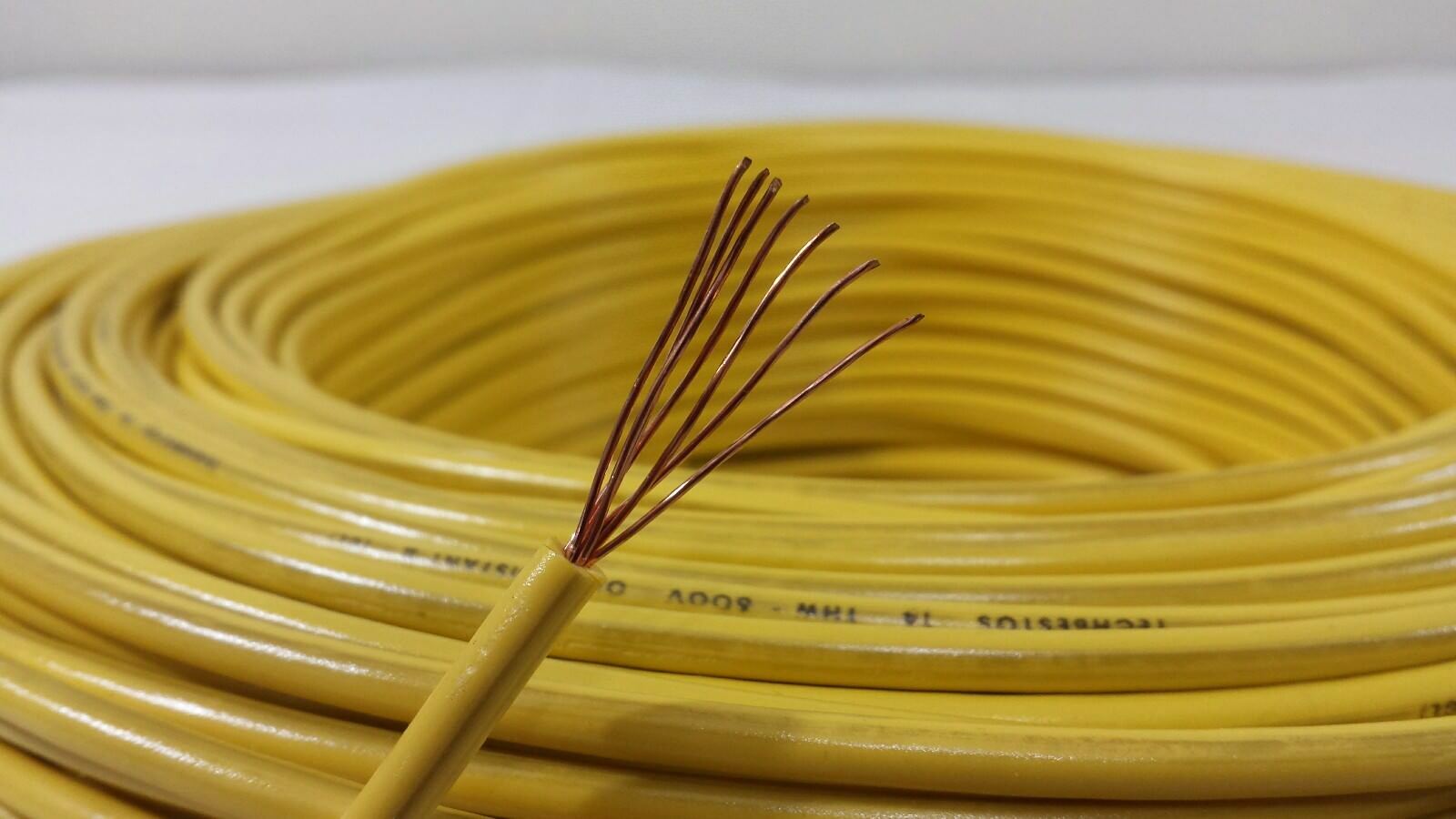
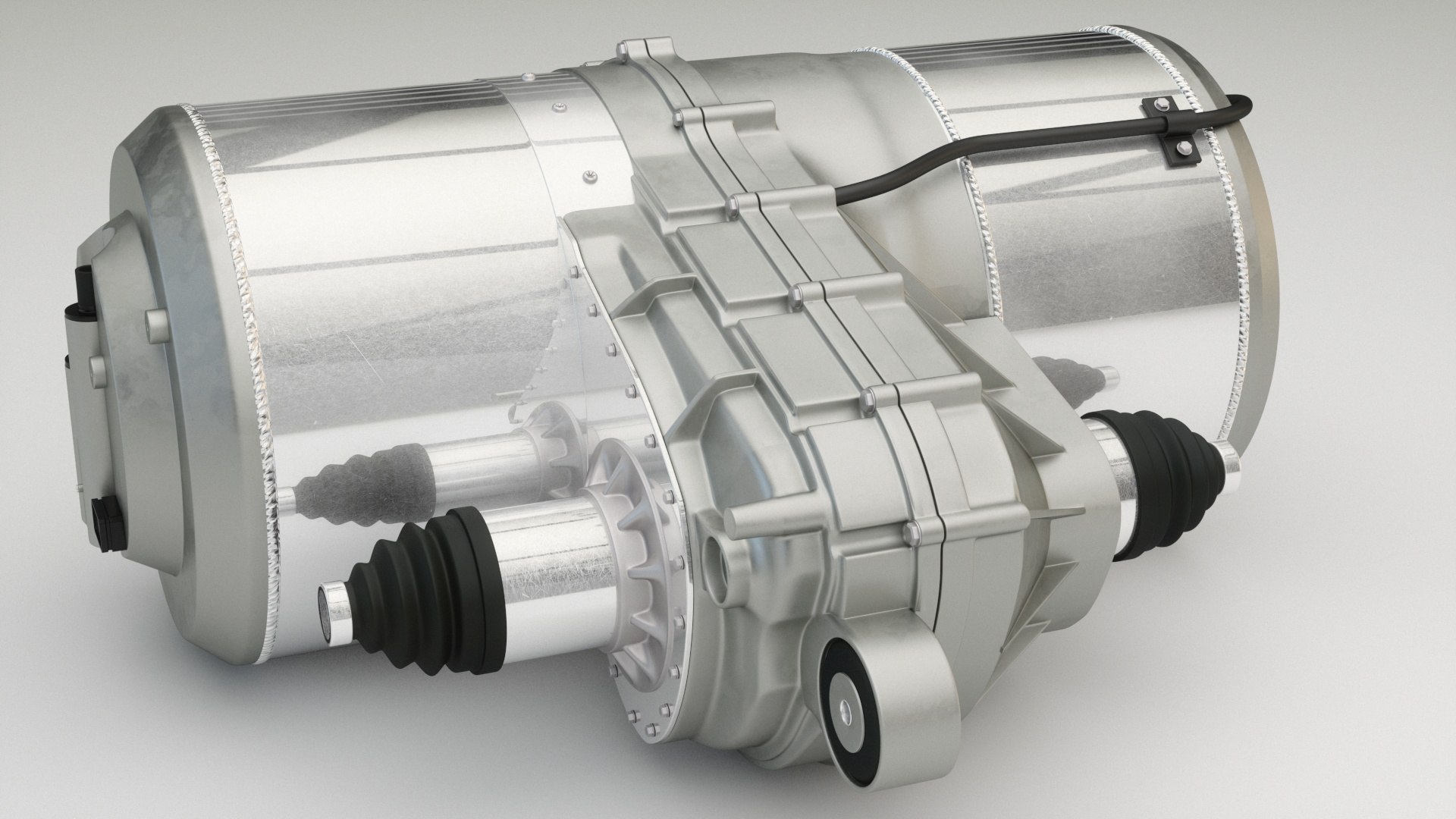
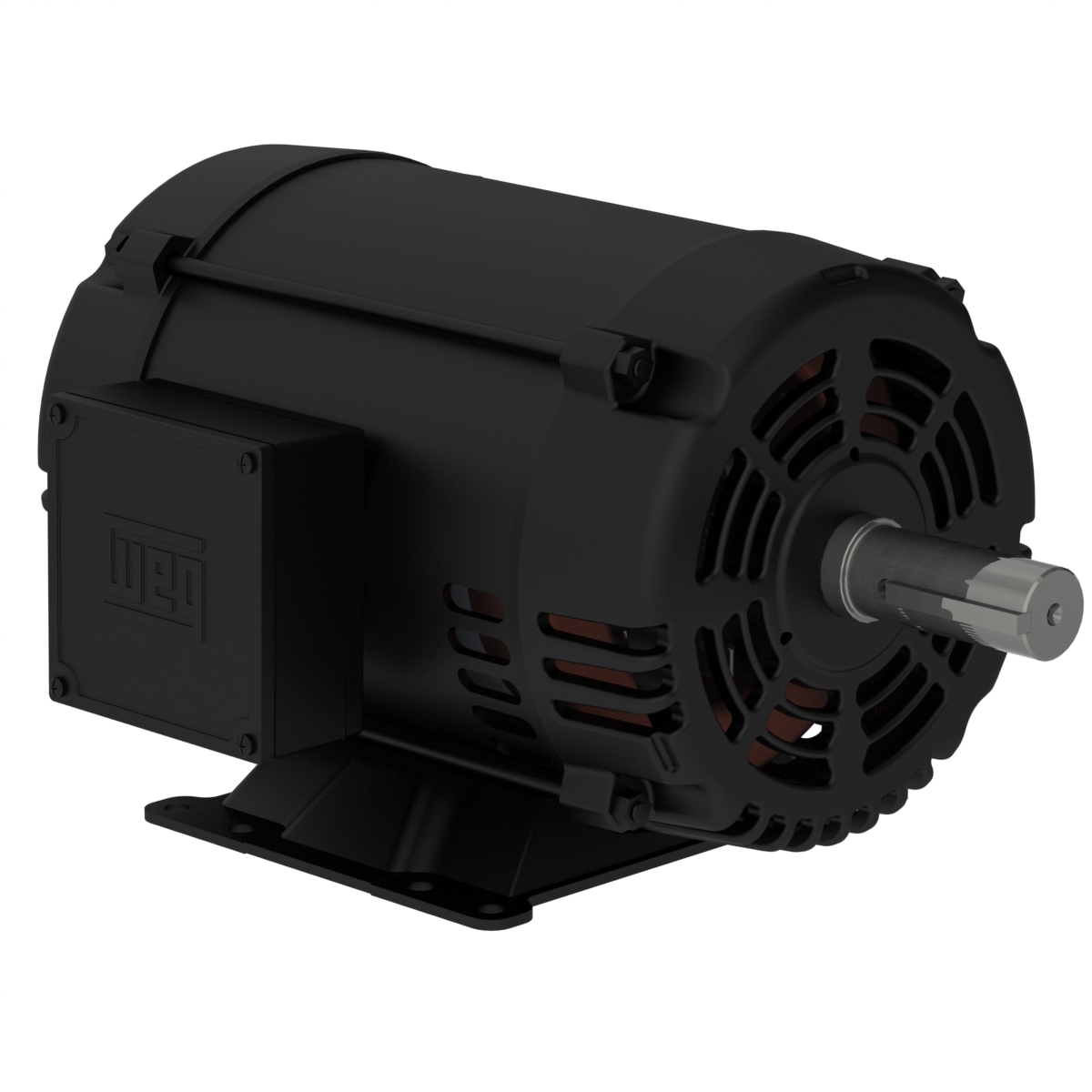
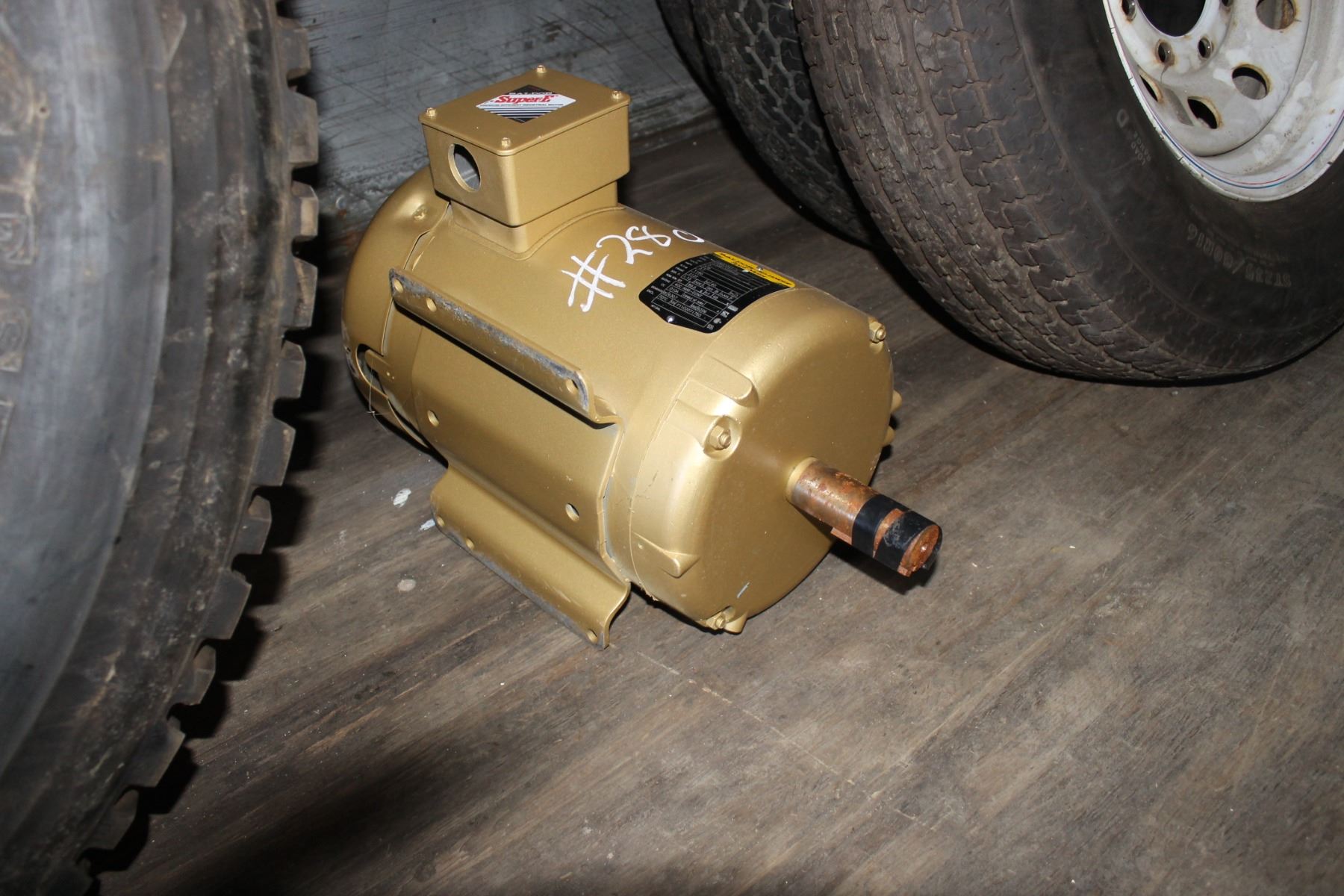
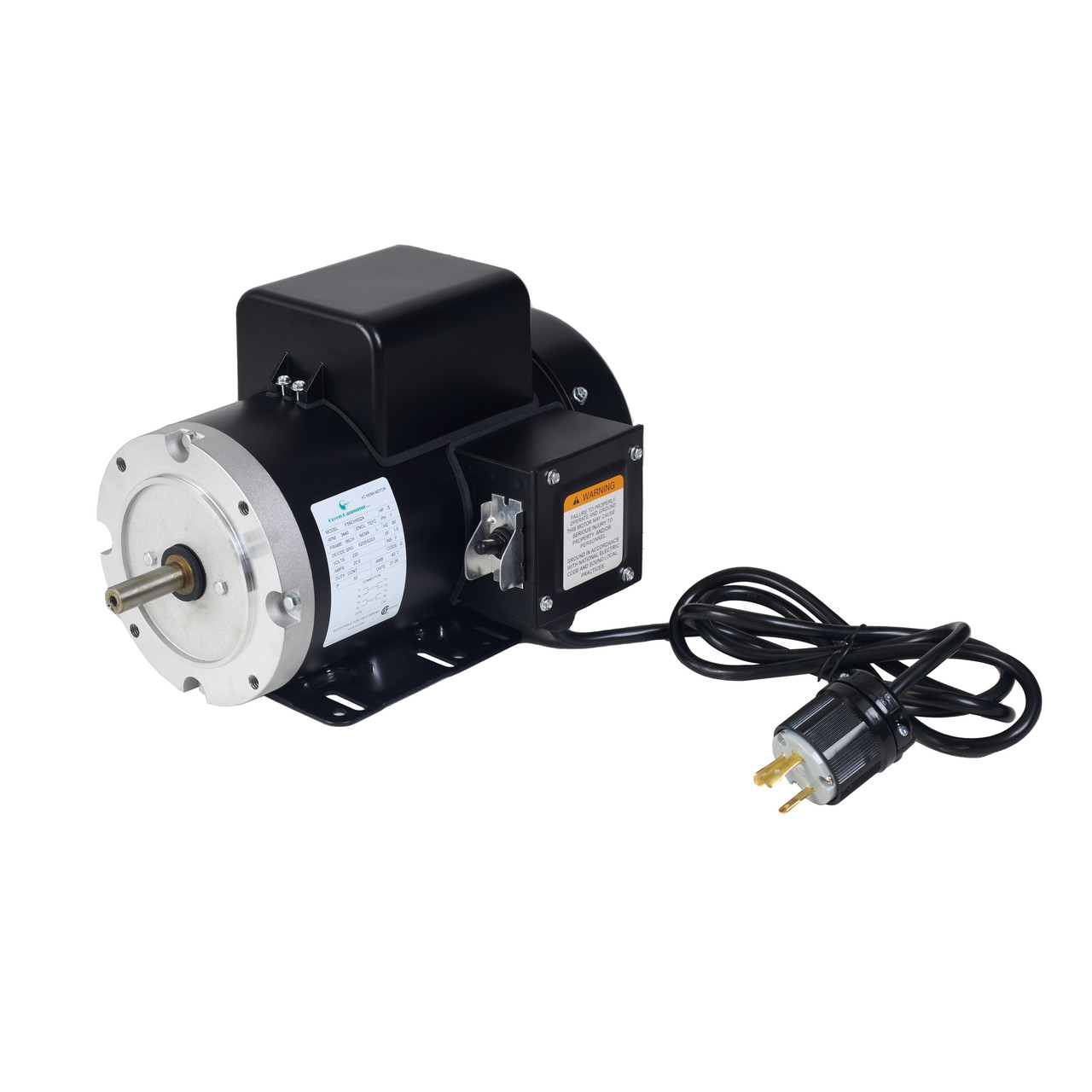
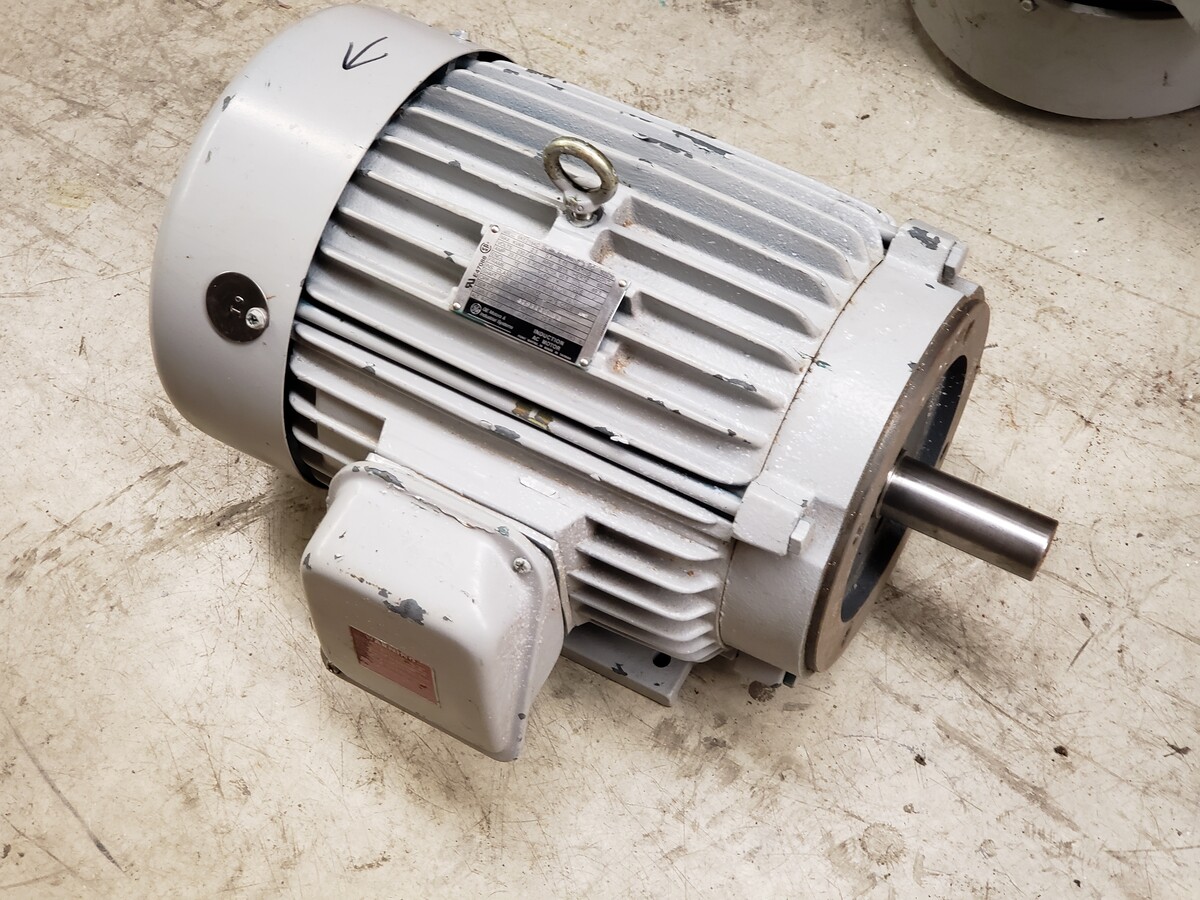
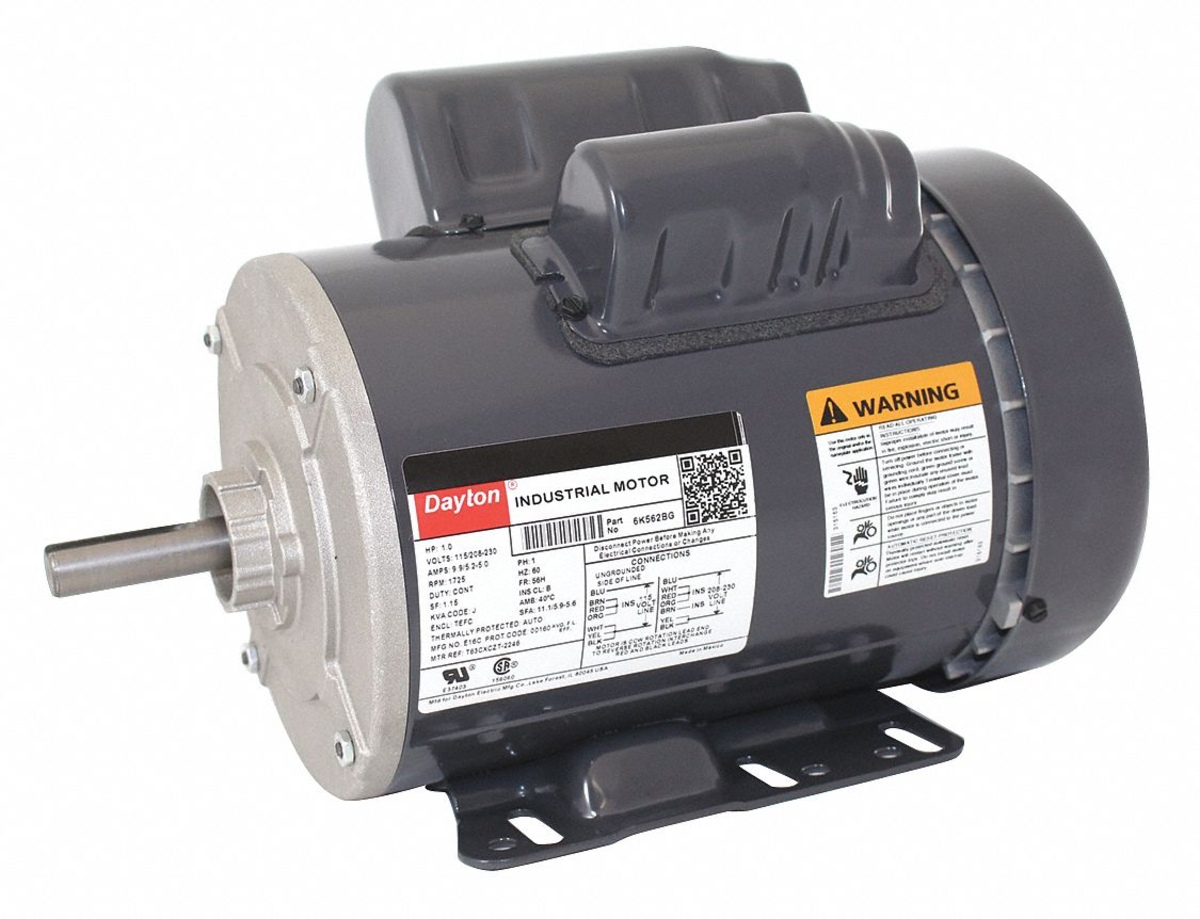
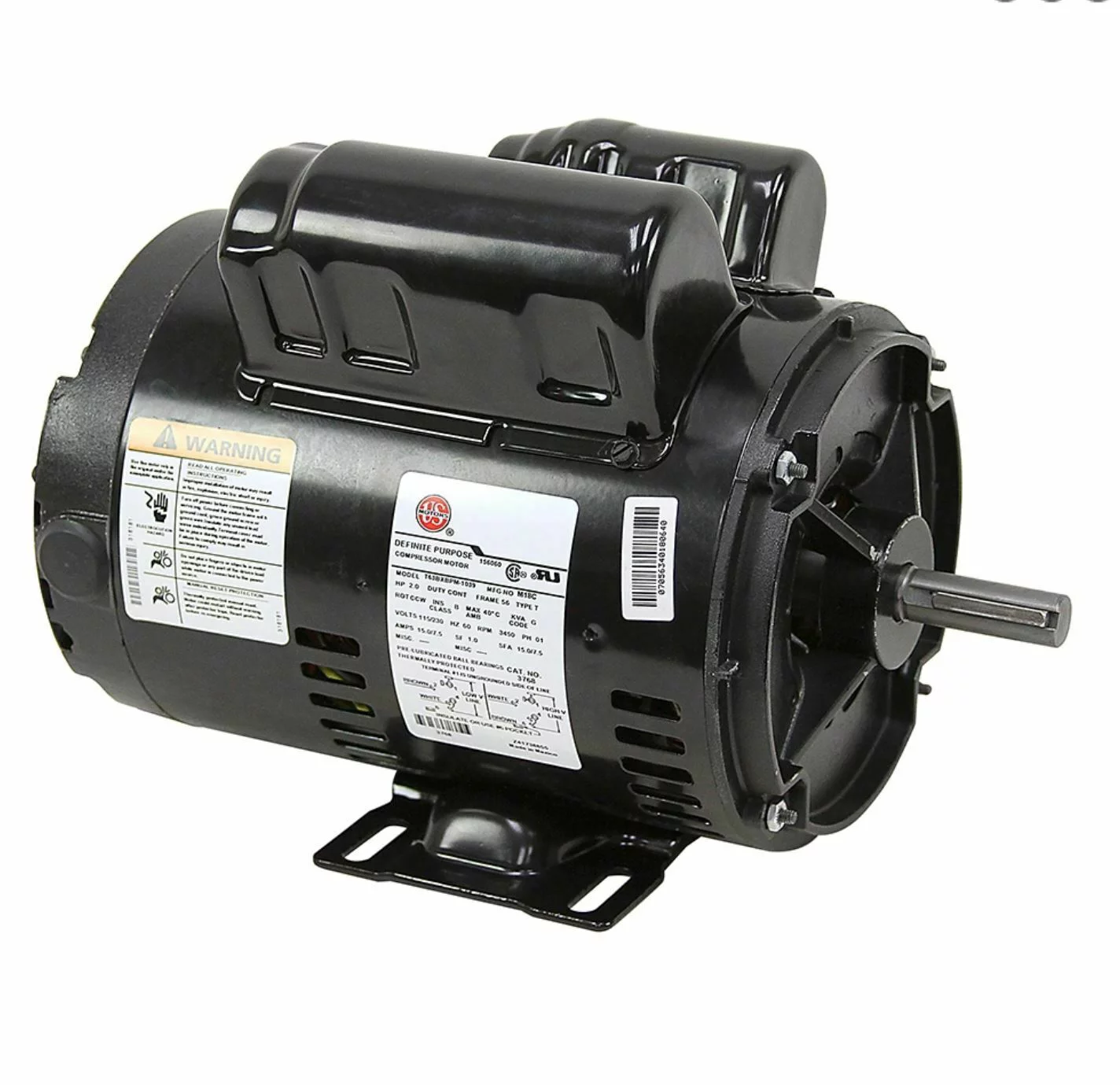
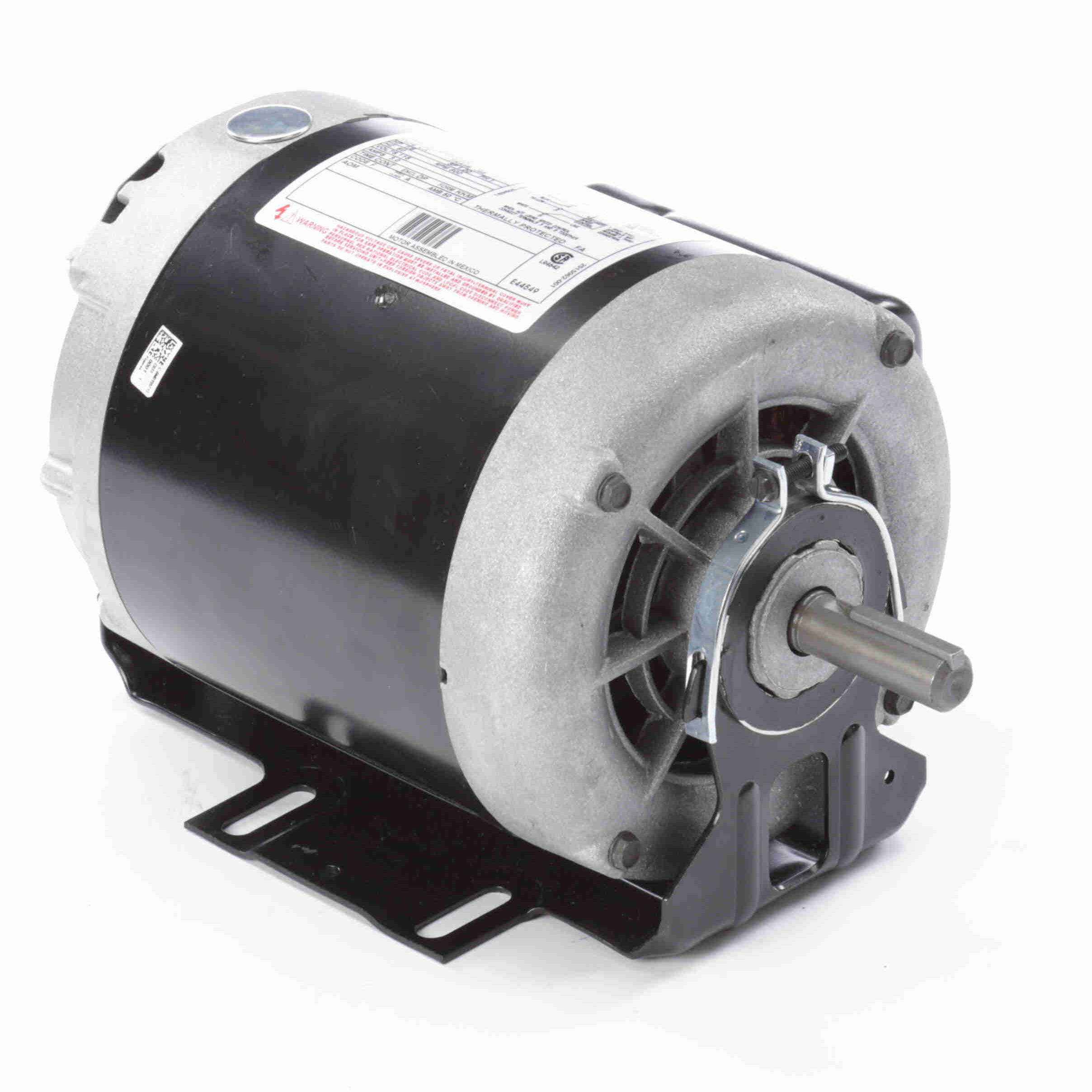
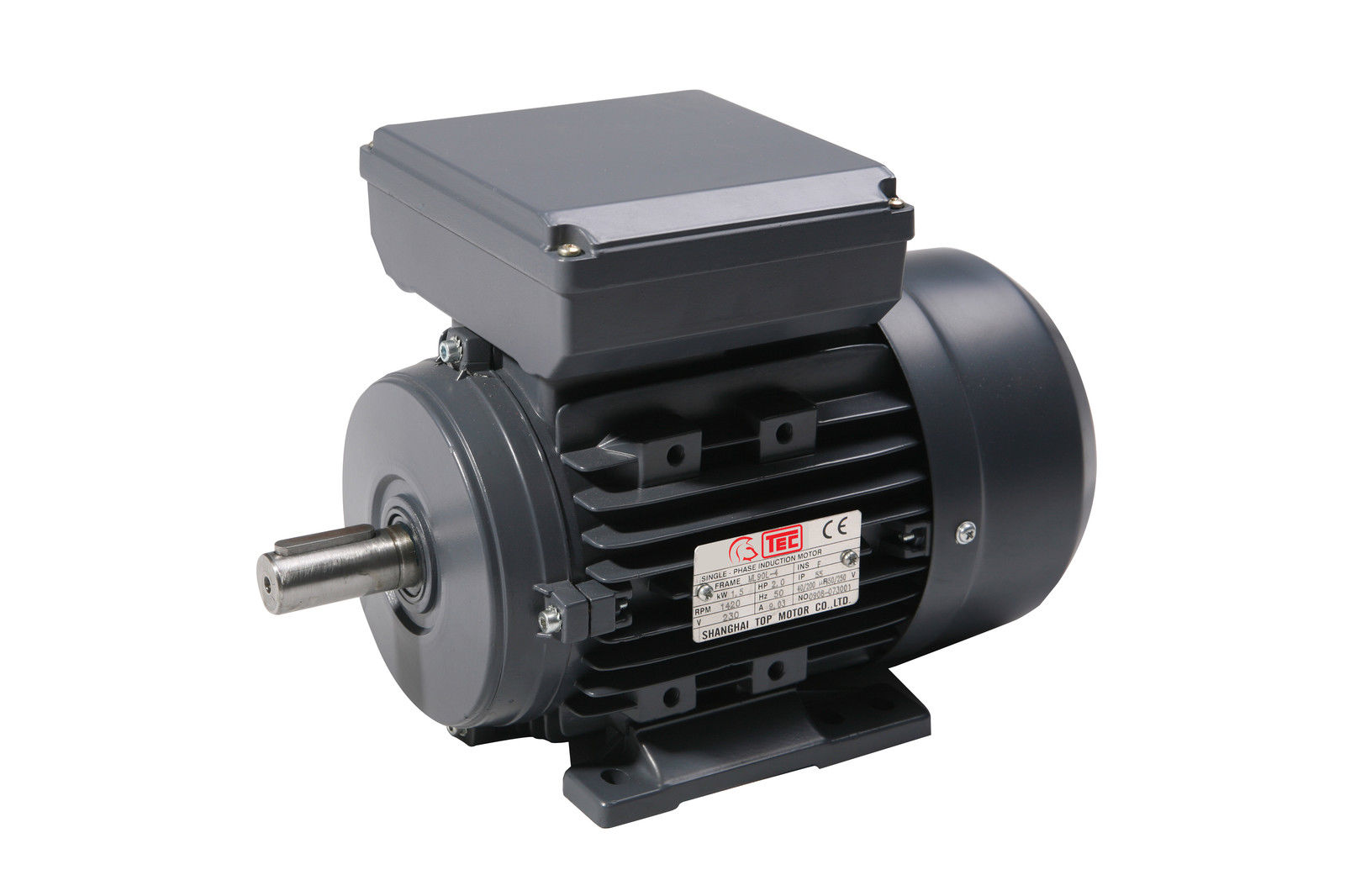
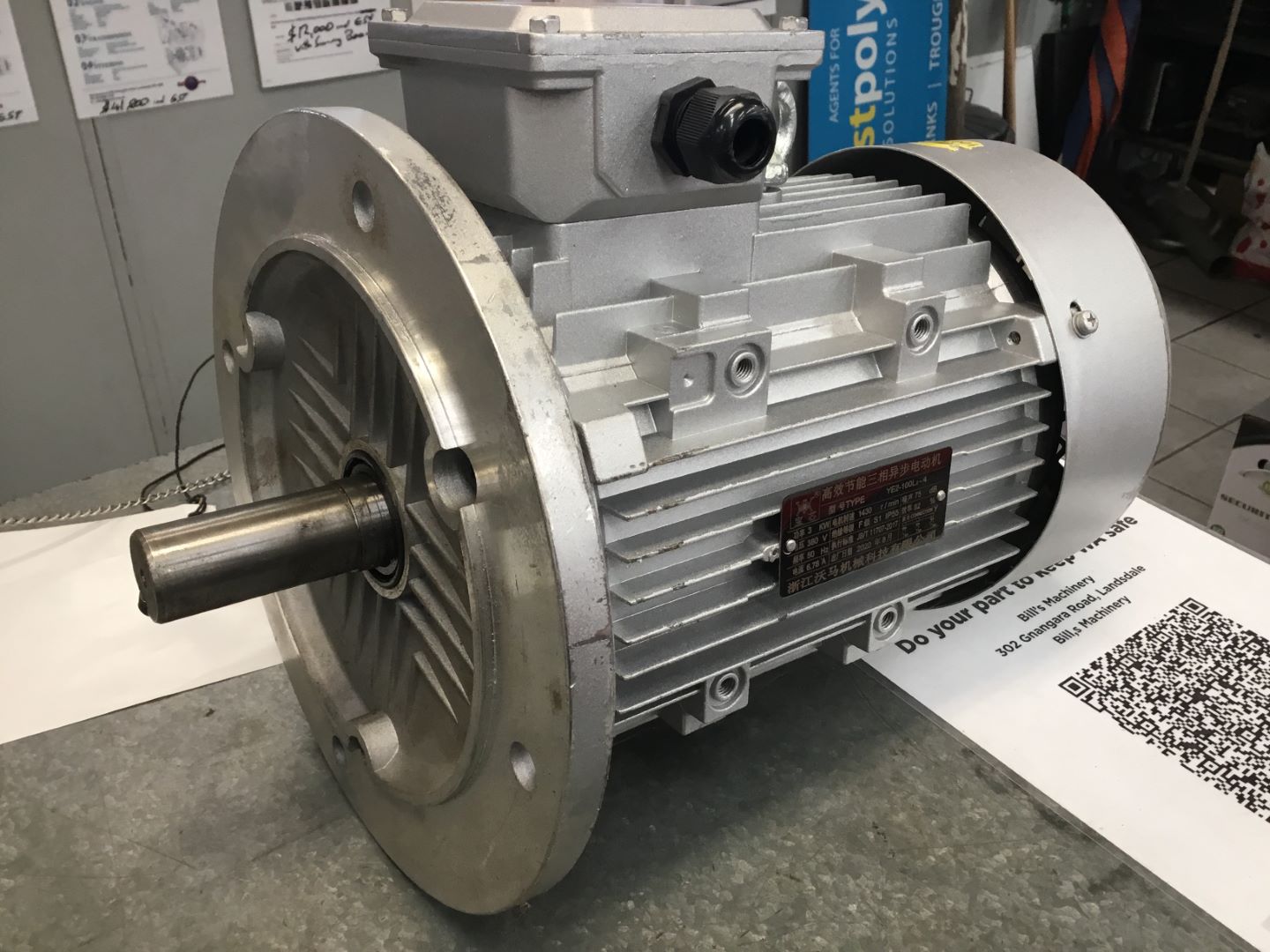
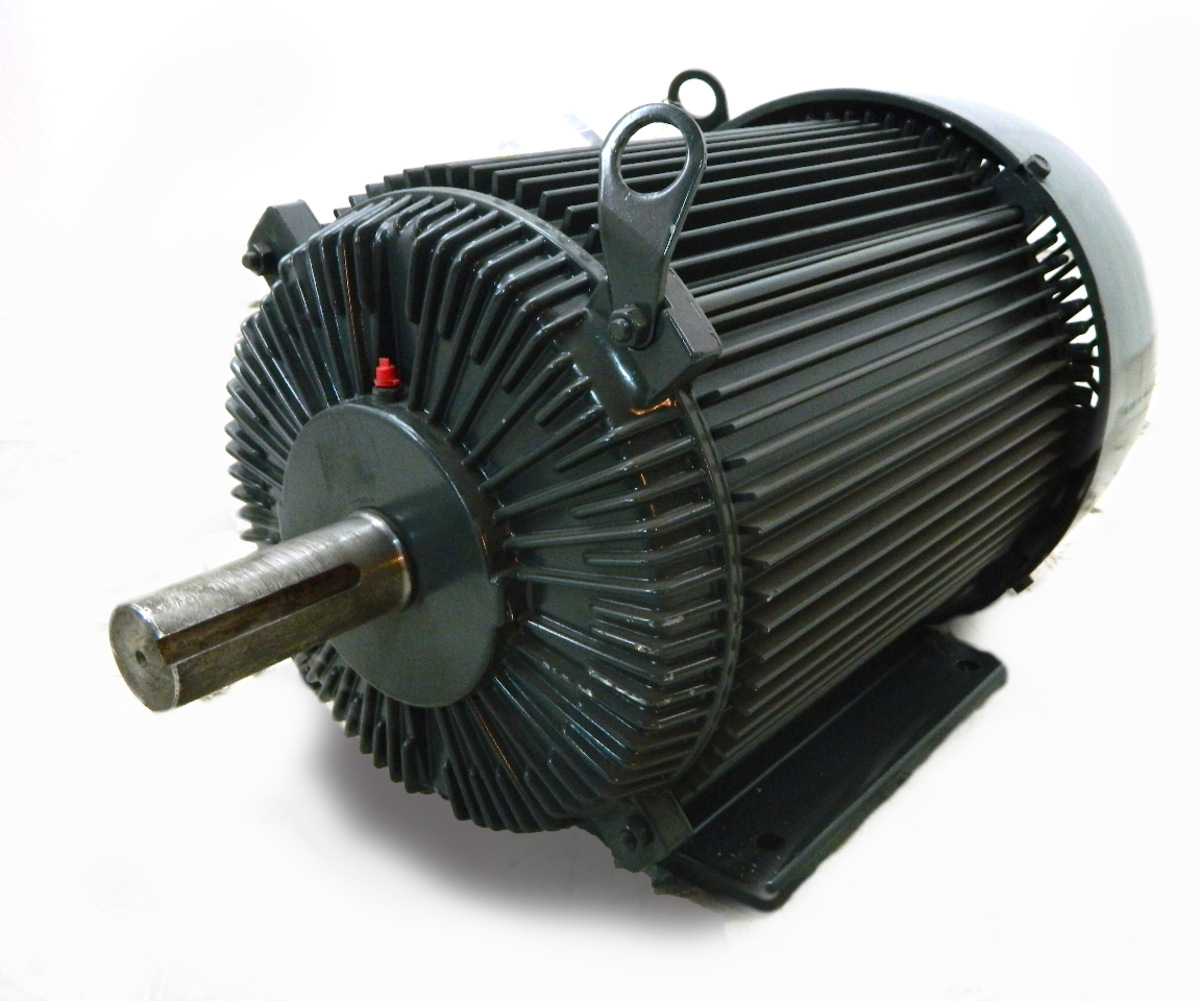
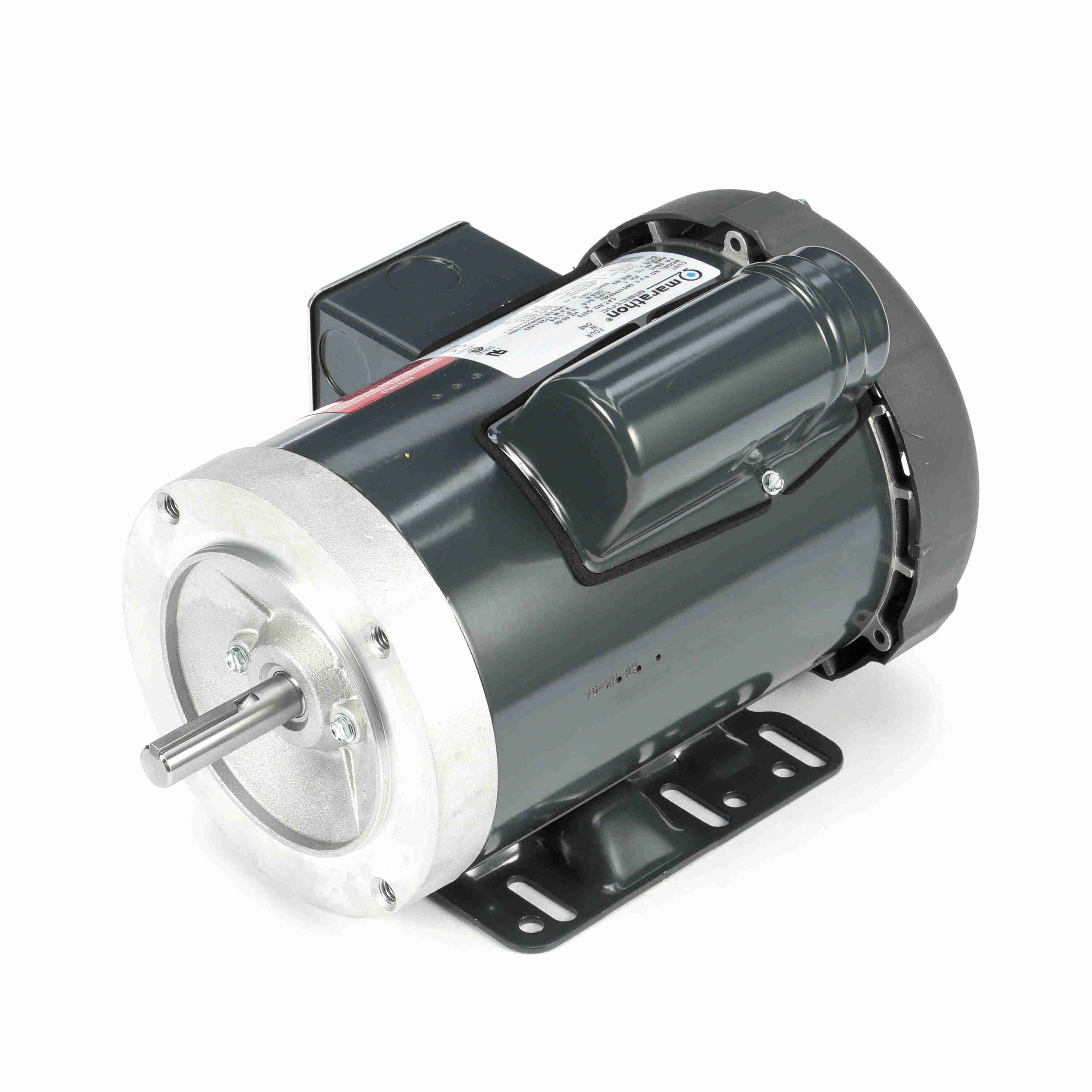

0 thoughts on “How Much Copper Is In A 50 HP Electric Motor”